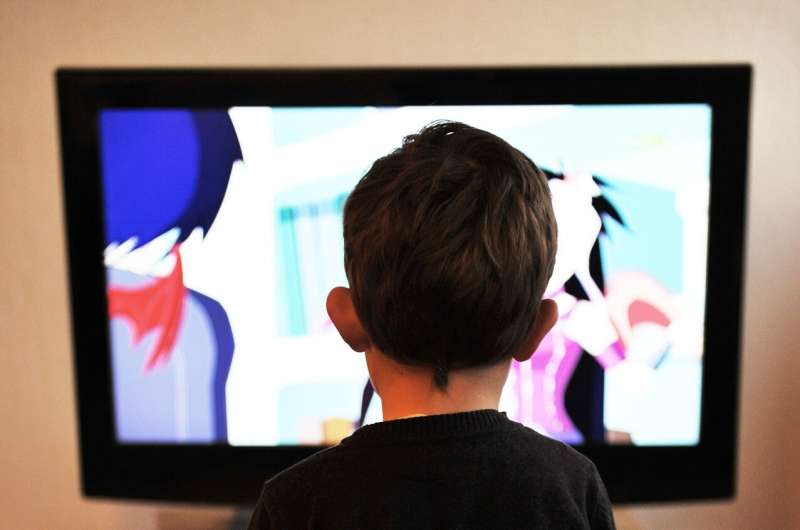Can talking to young children during TV time buffer screen time effects on development?


Increased television time for young children has been linked with poorer progress in some areas of development.
One possible way to counter those negative effects—talking while watching the screen.
The more parents engaged in conversation with preschoolers during shared TV time, the more likely those children were to have higher curiosity levels when they reached kindergarten, a new study suggests. This was particularly true for children with socioeconomic disadvantages.
“Our findings reinforce the importance of parent conversation to promote early childhood development and curiosity, especially for children from under-resourced families,” said lead author Prachi Shah, M.D. M.S., a developmental and behavioral pediatrician at University of Michigan Health C.S. Mott Children’s Hospital.
“We know that more frequent parent-child conversation is promotive of several areas of early child development, and this could be true for promoting a child’s curiosity as well.”
Sitting in front of the TV alone or while parents are on their phones? Perhaps not so beneficial.
But watching a show, movie, or other content with parents while talking together could be associated with fostering a preschoolers’ curiosity, Shah said.
Researchers assessed hours of daily television exposure and frequency of parent screen-time conversation among 1,500 preschoolers, and then measured early childhood curiosity in kindergarten. The findings appear in PLOS ONE.
The study specifically focused on curiosity levels, which Shah’s previous research has found is associated with enhanced learning and higher academic achievement in reading and math at kindergarten, and behavioral-developmental benefits, especially for children from families with lower socioeconomic status.
“Curiosity is an important foundation for scientific innovation, joy in learning and numerous positive outcomes in childhood,” Shah said. “We want to better understand what fosters curiosity in early childhood, which could potentially identify ways to help mitigate the achievement gap associated with poverty.”
“Parent-child conversation facilitates children’s thinking, learning and exploration—all behavioral indicators of curiosity,” she added.
Researchers analyzed data from the Early Childhood Longitudinal Study, Birth Cohort. The cohort is a nationally representative, population-based study sponsored by the U.S. Department of Education that has followed thousands of children since birth in 2001.
Curiosity was measured through parent questionnaires asking about characteristics of curiosity, such as eagerness to learn new things, a drive for novelty, an openness to new experiences, imagination, and adaptability to new situations among other behaviors.
While many young children are now growing up with digital media exposure through mobile devices like tablets and phones, televisions remain a dominant screen activity, accounting for 72% of all screen time. TVs are in 98% of all homes, keeping television exposure a relevant developmental context in young children,” Shah said.
Children are reportedly exposed to an average of one to four hours of television per day, with higher exposure in children who are economically disadvantaged.
Excessive media exposure, including television, can displace exploratory activities such as play and parent-child interactions, which are believed to be key to cultivating curiosity in kids, Shah said.
Source: Read Full Article